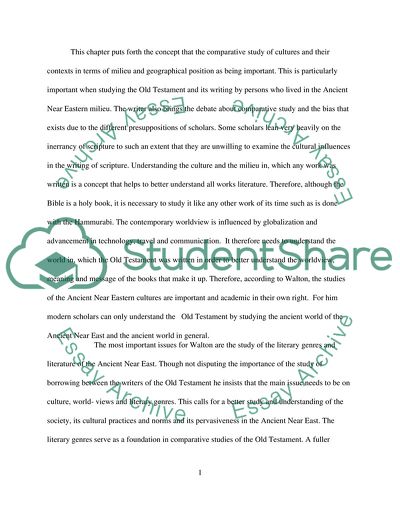Cite this document
(Ancient Near Eastern Thought and the Old Testament Reflection Book Report/Review Example | Topics and Well Written Essays - 3500 words, n.d.)
Ancient Near Eastern Thought and the Old Testament Reflection Book Report/Review Example | Topics and Well Written Essays - 3500 words. https://studentshare.org/religion-and-theology/1861836-ancient-near-easternthought-and-the-old-testament
Ancient Near Eastern Thought and the Old Testament Reflection Book Report/Review Example | Topics and Well Written Essays - 3500 words. https://studentshare.org/religion-and-theology/1861836-ancient-near-easternthought-and-the-old-testament
(Ancient Near Eastern Thought and the Old Testament Reflection Book Report/Review Example | Topics and Well Written Essays - 3500 Words)
Ancient Near Eastern Thought and the Old Testament Reflection Book Report/Review Example | Topics and Well Written Essays - 3500 Words. https://studentshare.org/religion-and-theology/1861836-ancient-near-easternthought-and-the-old-testament.
Ancient Near Eastern Thought and the Old Testament Reflection Book Report/Review Example | Topics and Well Written Essays - 3500 Words. https://studentshare.org/religion-and-theology/1861836-ancient-near-easternthought-and-the-old-testament.
“Ancient Near Eastern Thought and the Old Testament Reflection Book Report/Review Example | Topics and Well Written Essays - 3500 Words”. https://studentshare.org/religion-and-theology/1861836-ancient-near-easternthought-and-the-old-testament.


